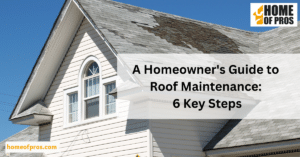Your roof is your home’s first line of defense against harsh weather conditions. Whether it’s a thunderstorm, tornado, hurricane, or any other natural disaster, your roof needs to withstand it all. However, with time, even the most sturdy roofs can succumb to wear and tear caused by frequent exposure to the elements.
Are you prepared for a storm or natural disaster? Invest in tarps, trim trees near your home, assess large trees for age and weakness, clean gutters and downspouts, remove debris around your roof, and secure loose items – these are just some of the steps you can take.
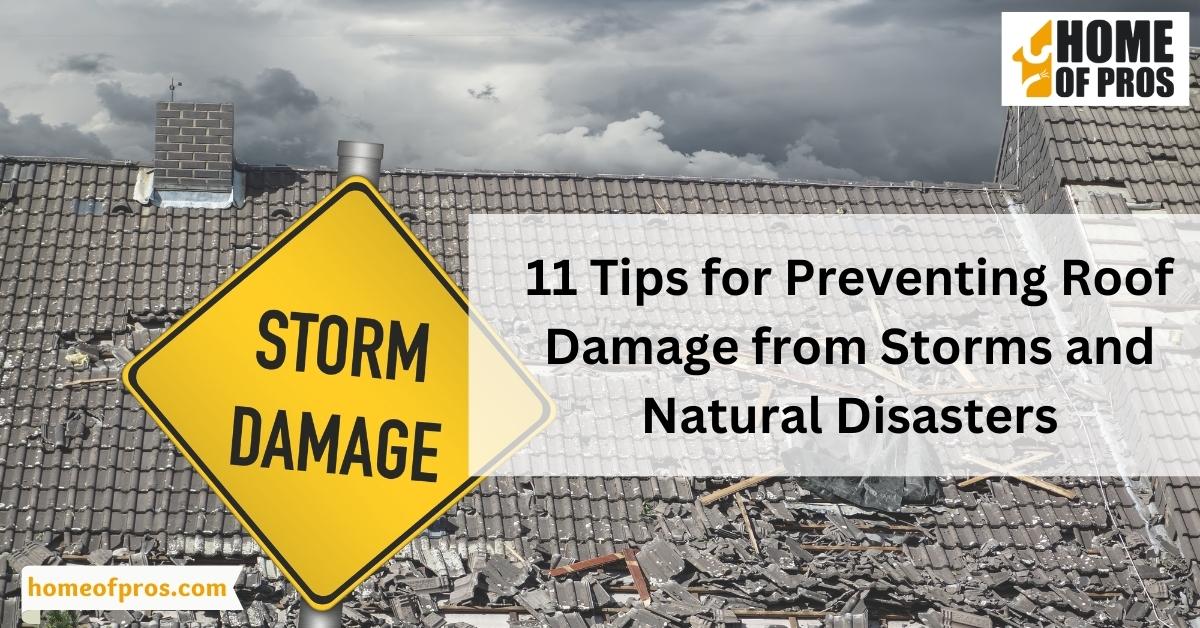
1. Get an Inspection
If you’re a homeowner, taking care of your roof should be a priority. After all, it’s one of the most crucial parts of your house and provides much-needed protection from the elements. With storms and natural disasters becoming more frequent, it’s essential to take the necessary steps to prevent damage to your roof.
A great place to start is by getting an inspection done. Not only will it help identify potential issues, but it’s also an opportunity to catch problems before they become more significant and costly to repair.
By following the tips provided in this guide, you’ll have a better chance of protecting your roof and keeping your home safe during a storm or natural disaster.
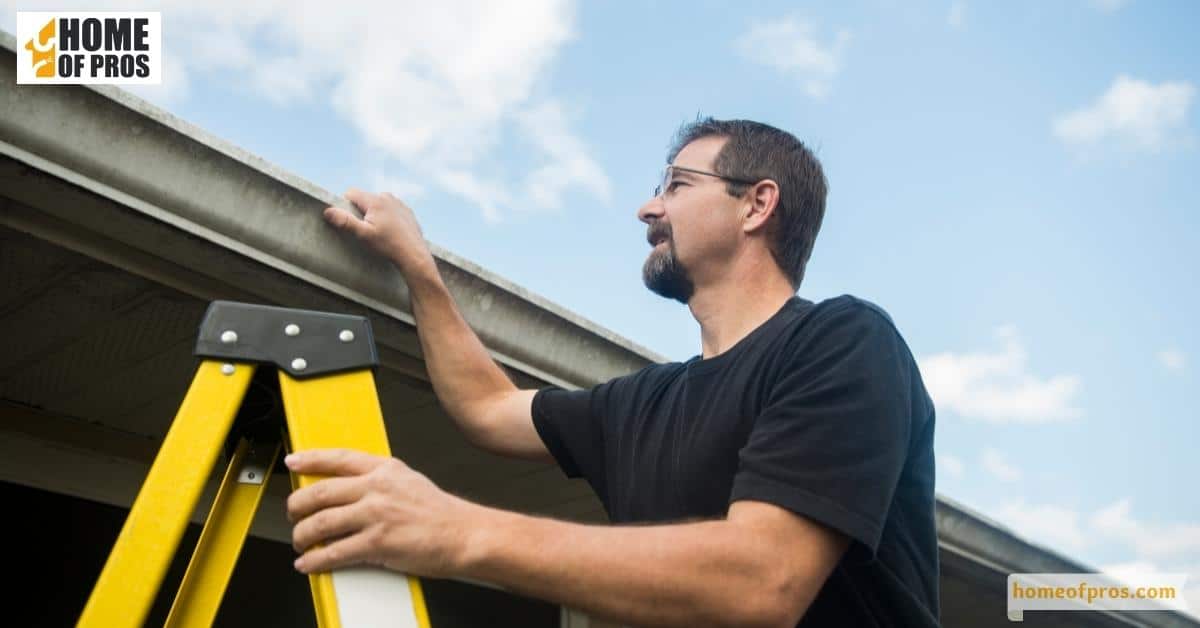
2. Clean Gutters and Downspouts
Keeping your gutters and downspouts clean is a crucial step in preventing roof damage during storms and natural disasters. Clogged gutters can cause water to overflow and seep into your roof, causing leaks and water damage. By regularly cleaning your gutters and downspouts, you can avoid costly repairs down the line.
It’s important to address any buildup of leaves, dirt, and other debris to ensure that water is properly diverted away from your roof and foundation. Don’t underestimate the impact of simple preventative maintenance like cleaning your gutters and downspouts – it can save you plenty of time, money, and hassle in the long run.
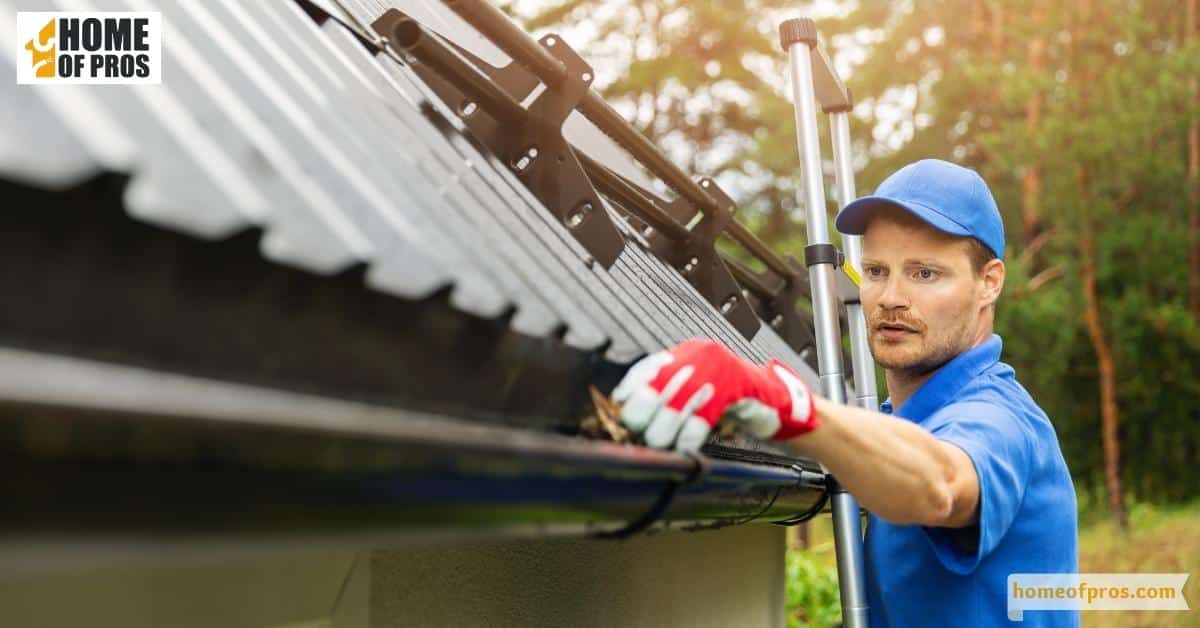
3. Remove Debris Around Your Roof
One important step in preventing roof damage from storms and natural disasters is to remove debris around your roof. This may include branches, leaves, and any other debris that can accumulate on your roof and in your gutters. By clearing out this debris, you can prevent water from backing up and causing damage to your roof.
Not only can this help prevent damage from storms and natural disasters, but it can also extend the life of your roof. So get out your ladder and take a few minutes to clear away any debris that may be lurking around your roof. It’s a small task that can make all the difference in keeping your home safe.
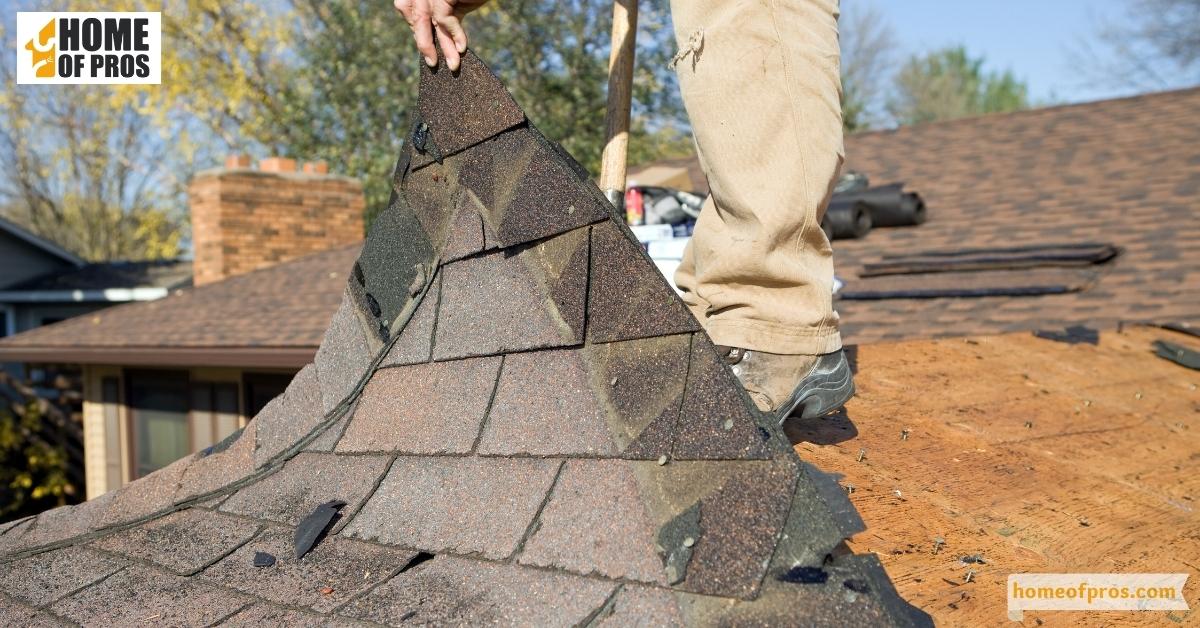
4. Trim Trees Near Your Home
Maintaining a healthy, attractive landscape requires regular tree trimming and pruning. But did you know that trimming trees near your home can help prevent roof damage from storms and natural disasters? It’s true. Overgrown tree branches can become dangerous projectiles in high winds, causing severe damage to your roof.
To avoid this, consider hiring a professional tree trimming service to safely remove any branches hanging over your roof. By taking this precautionary measure, you can reduce the risk of costly repairs and ensure the safety of your family and home. Don’t wait for a storm to hit.
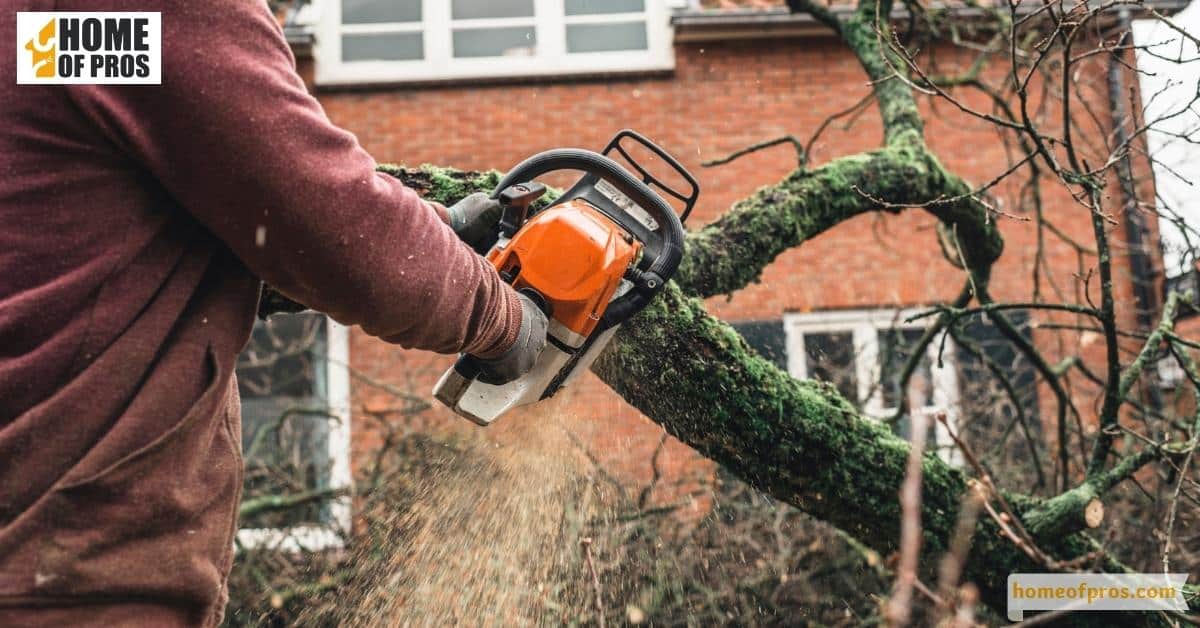
5. Assess the Age and Weakness of Large Trees
As homeowners, it’s important to be mindful of the age and health of the trees surrounding our properties, especially when it comes to preventing roof damage during storms and natural disasters. Large trees that are old or weak can pose a significant risk if they fall on your roof, causing damage that could cost thousands of dollars to repair.
So, what can you do to assess the health of your trees? Look out for signs of decay or disease, such as cracks in the trunk, fungus growth, or dead branches. If you’re unsure about the state of your trees, consider consulting with an arborist.
Taking steps to identify and address potential hazards now could save you a headache down the road.

6. Prevent Ice Dams from Forming on Your Roof
Winter weather can be brutal on our homes, and one of the biggest concerns is the formation of ice dams on our roofs. These ice dams not only create a hazard for falling ice, but they can also lead to significant damage to our roofs and gutters. Luckily, there are several steps you can take to prevent ice dams from forming in the first place.
One key tip is to ensure proper insulation and ventilation in your attic, which can help regulate the temperature on your roof. It’s also important to keep your gutters clean and free from debris and to use heated cables or a roof rake to remove any snow buildup. By taking these preventative measures, you can help protect your home from costly roof damage during winter storms.
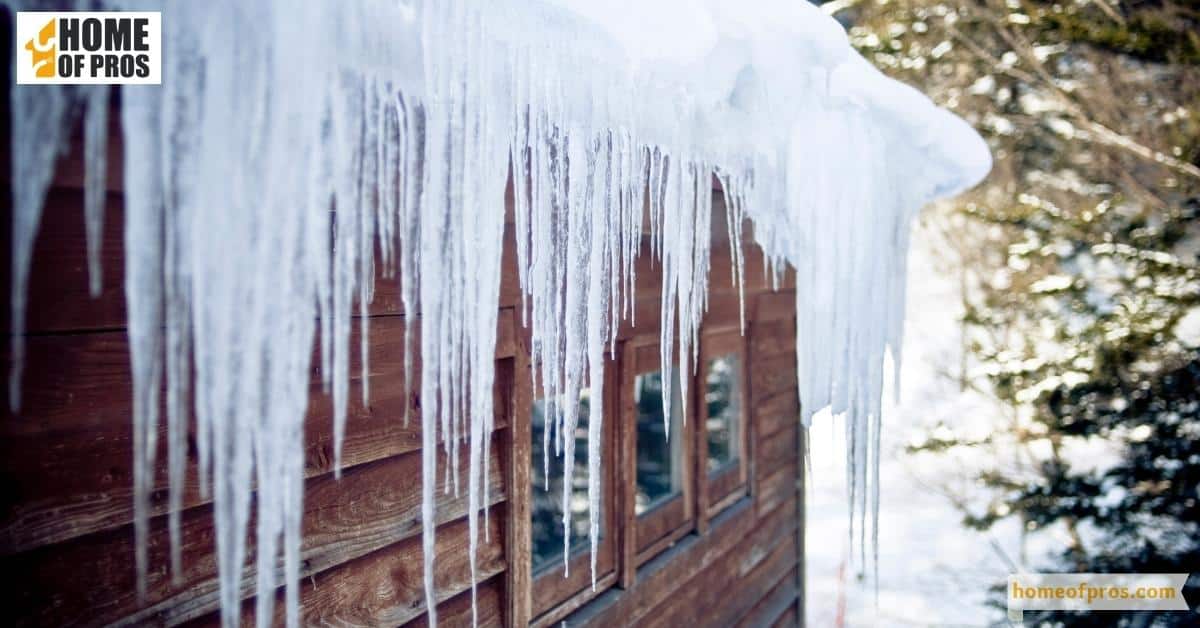
7. Invest in Quality Tarps to Cover Your Roof
One of the most important investments you can make for your home is a quality tarp to cover your roof during storms and natural disasters. Not only does this help protect your property, but it also ensures the safety and well-being of you and your family. As unpredictable weather patterns become more common, being prepared for the worst is essential.
But investing in a tarp is just the first step. There are many other preventative measures you can take to avoid costly and potentially dangerous roof damage. From trimming overhanging branches to cleaning gutters, these tips will help protect your home and give you peace of mind when bad weather strikes.
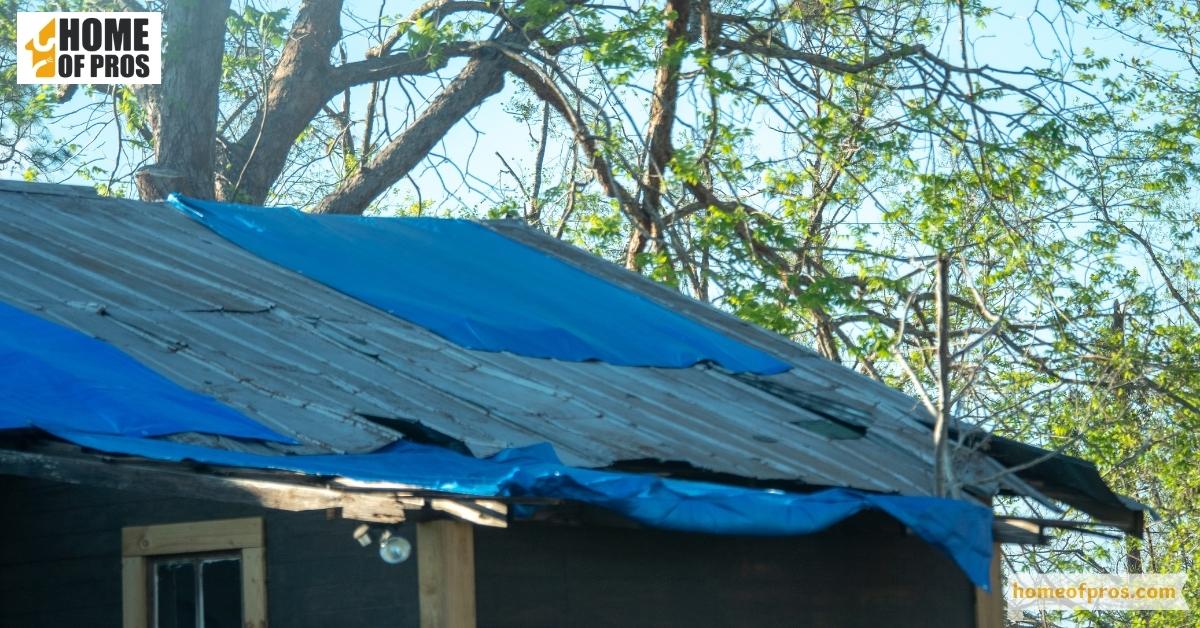
8. Secure or Store Loose Items Around Your House
It’s important to secure or store loose items around your house before a storm strikes to prevent potential roof damage. One of the easiest things you can do is clear your yard of anything that could become a projectile in high winds. This includes patio furniture, children’s toys, and even gardening tools.
If you have any loose or missing shingles on your roof, make sure to repair or replace them before a storm hits. It’s also a good idea to seal any areas where water could potentially seep in, such as around chimneys, vents, and skylights.
Don’t forget to properly secure any trees or branches that overhang your roof. With these practical tips, you can help protect your roof and home from the potential damage of a natural disaster.

9. Review and Update Your Insurance Policy
When it comes to protecting your home from the elements, having the right insurance policy and making sure it’s up to date is crucial. But while insurance can provide financial security after a storm or natural disaster, prevention is still the best defense.
From trimming overhanging branches to reinforcing weak spots in your roofing materials, these practical and approachable solutions can help you weather any storm. So take the time to review and update your insurance policy, and then get to work protecting your home from the elements.

10. Program a Few Important Numbers in Your Phone
Preparing for a potential natural disaster can be overwhelming, but programming a few important numbers in your phone can be a smart and practical step in preventing roof damage from storms and other natural disasters.
The thought of roof damage can be daunting, but by having these important contacts programmed, you can easily and quickly address any issues that may arise. These tips for preventing roof damage will provide peace of mind for you and your family. Don’t let storm damage catch you off-guard – take the time to program these numbers today.

11. Other Preparations for Storms & Natural Disasters
Aside from taking precautionary measures to safeguard your roof from natural disasters, there are still other preparations you must make before a storm hits. One of the most important steps is to clear any debris from your yard or gutter to prevent additional damage during heavy rains and wind.
You should also secure any outdoor furniture, toys, or decorations that could potentially become projectiles. Another great way to protect your roof is to invest in a generator that will provide power even if the electricity goes out.
Lastly, be sure to have an emergency kit readily available that includes essential items such as water, food, flashlights, batteries, and a first aid kit. With these additional preparations, you can have peace of mind knowing your home is better equipped to withstand any storm that comes your way.
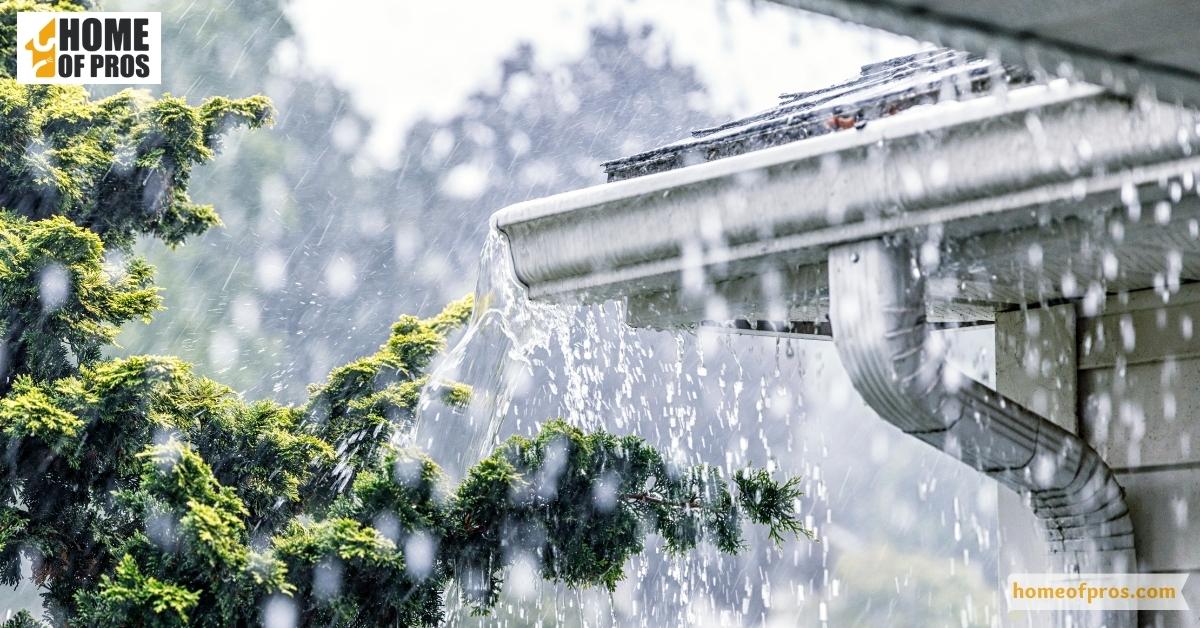
In conclusion
Protecting your roof from the damaging effects of storms and natural disasters is a necessary precaution for any homeowner. Implementing the 11 tips provided in this article can help prevent costly repairs and potentially dangerous situations.
Regular maintenance, reinforcing weak areas, and installing protective measures such as hurricane straps and impact-resistant materials are just a few ways to safeguard your roof. By taking these steps, you can ensure your family’s safety and the longevity of your home.



